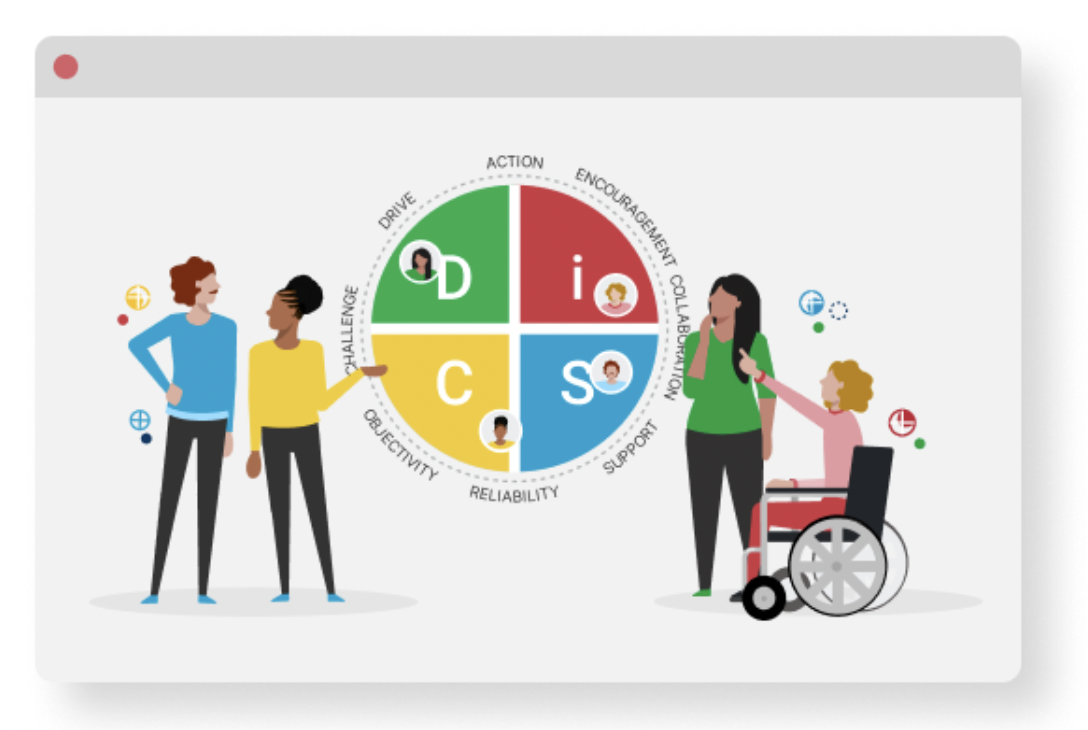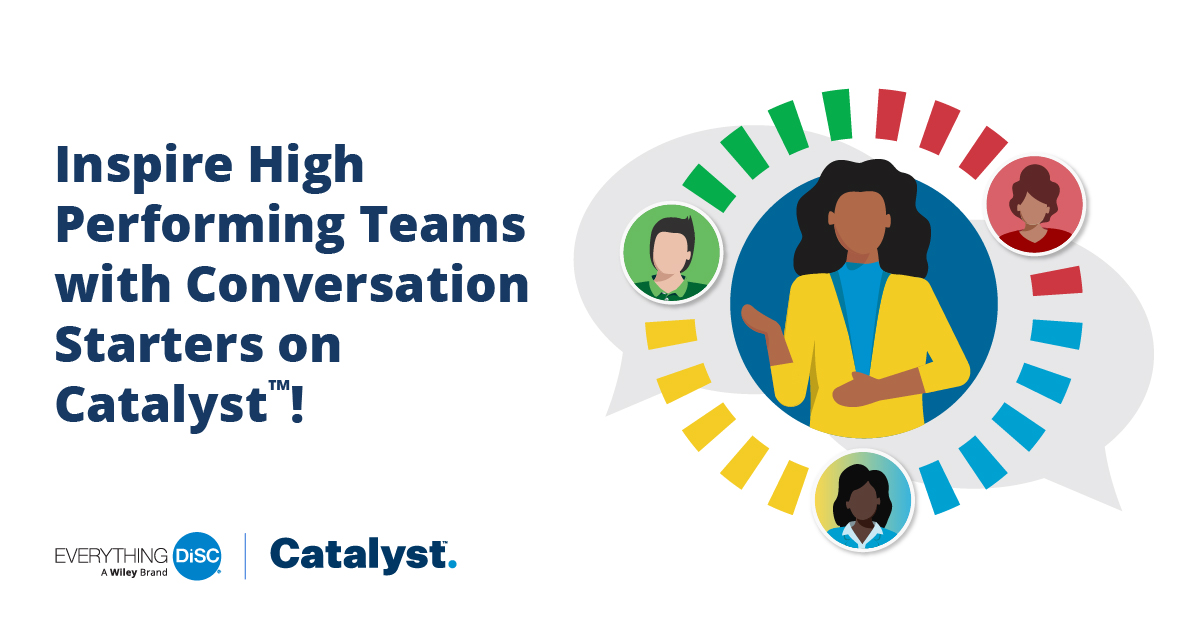In business, it’s critical to adapt to and create change in order to stay ahead of the competition. When you foster a culture of innovation in the workplace, the payoff can be greater business achievement.
It can’t just be the members of your leadership team who are tasked with coming up with ideas to do things better or faster. It requires a commitment and input from all levels of the company.
- Create opportunities for sharing ideas
Does your organization have a culture of innovation? Can your employees come to you with ideas? Or do you regard questions and suggestions as disruptive?
When employees have the opportunity to be innovative and contribute to your company’s mission and goals, it increases their level of engagement. They feel a part of a whole and see how their work moves the business forward. It’s a terrific motivator.
Your goal is to create an environment where sharing ideas is OK. Be receptive and appreciative of your employees’ interest and input. While every suggestion may not be something the organization takes on, the ideas are worth considering.
Once you tap into the intellectual capital of your employees, you – and they – may be surprised at what you uncover. But you may find there are some who are reluctant to get involved; they’re likely afraid of failure or think their jobs aren’t innovative or creative.
To pave the way for employees who are reluctant, consider having a group brainstorming session. Ground rules should dictate that there are no bad ideas. This is also where you make sure the more timid employees have an opportunity to participate.
Consider having everyone write their ideas on index cards and tape them on the wall. Or for a hybrid and remote team, create a survey that’s always available for individuals to share ideas. Whichever you decide, this makes it so the idea is the focus of attention – not the individual. This will provide the opportunity for all to share ideas, not just the superstars.
- Provide the right resources
You have to give your team enough time, budget and encouragement to truly innovate. They need all three resources to be successful.
Time is usually the resource that’s lacking. There’s never enough of it – we get embroiled in the daily to-dos and don’t consider future needs.
This may require a shift in culture for your organization. Allowing time for brainstorming, research, testing, failure, recalibration and implementation is difficult. It takes commitment and planning. Innovation and creativity don’t happen without the investment of time.
What can you do to provide the resource of time needed to foster innovation in the workplace?
- Set aside weekly chunks of time for team discussions about what’s working or not working – and how it can be made better.
- Challenge your employees to help you overcome an obstacle with an inventive way of dealing with it.
- Split them into teams for a friendly competition on problem-solving.
- Offer training and development on creativity, change, teamwork and motivation.
- Embrace failure as just another step toward getting it right.
As for budget, are there resources your team needs to be more creative?
Does everyone have the right digital tools that will help create innovative solutions? Is there additional training needed for increased learning and development in new areas of focus? What’s it going to cost you to bring out the innovation on your team?
Encouragement is the secret sauce in fostering innovation in the workplace. The first step is to make clear the company’s key objectives so that new ideas focus on what’s important for the organization.
The next step is to make your workplace a safe place to take a risk. Remember, not everyone wants to speak up for fear of failure or rejection. But everyone has ideas – it may just take some time and practice to get them to share.
For ongoing encouragement and learning, suggest books or articles on creativity and innovation to help employees find out how to tap into their own creative ideas.
You also could have employees spend time job-shadowing someone in the company. It just might spur one of them to do their job differently to align better with company goals.
If you’re open to hearing about it, your employees will likely embrace the opportunity to make a positive change. Most people are surprised at how innovative they can be, given a chance.
- Promote freedom and flexibility
As we’ve discussed in previous blogs on how various generations like to work, many employees are more comfortable working wherever they are, rather than the confines of a cubicle or traditional nine to five schedule.
They feel restricted – especially from an innovation perspective – if they’re required to work a certain way, at a certain in, following very specific instructions.
It’s largely because of generations Y and Z that organizations are reconsidering how employees get work done. We’re seeing more workweeks that include alternate days off, flexible schedules, longer workdays with more days off, varied start times, remote schedules, etc.
While some businesses can’t afford to organize shifts based on employee preferences – customer needs take priority – some organizations can be more flexible on when employee productivity happens.
When your employees are working at a time, place and pace that’s best for them, they’ll be more apt to offer creative and innovative ways for getting work done. And, if they feel they have the freedom to work in the way that’s best for them, they’ll likely feel more valued and be more engaged.
Innovation can flourish, and your bottom line sees the result when productivity and employee engagement are at their peak.
A side note: The perception that a company has an old-fashioned work structure may make it difficult to attract and retain employees.
- Build a diverse team
What is the design of your team? Is it a diverse group of thinkers?
News flash: If you’ve hired like-minded people of similar experiences, backgrounds, skill sets, mindsets, age, etc., you’re on a path to innovation failure. For innovation to make a real difference, you need a variety of ideas.
Take a fresh look at your team. If they’re all like you, make sure your next hire is somebody who breaks the mold. Then, listen to them. Innovation doesn’t work if you hire people with varied skills and experiences but insulate yourself from their ideas.
Encourage your staff to experience new things, brush up on professional development and tap into what’s going on in your industry. When they learn about trends or new concepts through education, invite them to figure out how to incorporate those into their work.
- Work to individual strengths
Find the right people for each task. This may be different than a job description. It’s about productivity and where their skill sets fit best. You can enhance your employees’ innovation when the skills and tasks align.
Let’s say you’re trying to streamline your processes for greater efficiency. You might gather a group of workers together and charge them with finding ways to restructure the process.
You could pick your top four superstars and turn them loose on the project. But take a moment to think about it: Is there someone whose natural bent can bring something different to the team? Someone you wouldn’t typically seek out for a special project?
What about Joe? Although he usually stays in the background and lets other shine – because he believes there’s really no “innovation” or “creativity” in his job – you remember something: He’s the guy who reads math and statistics books for fun.
Could Joe’s acumen be the catalyst for a new process at your company? Joe – who never thought innovation was part of his job description – is suddenly the company’s newest innovator.
Given his success on this project, he’s ready to tackle the next challenge. You’ve just unleashed innovation in the workplace!














